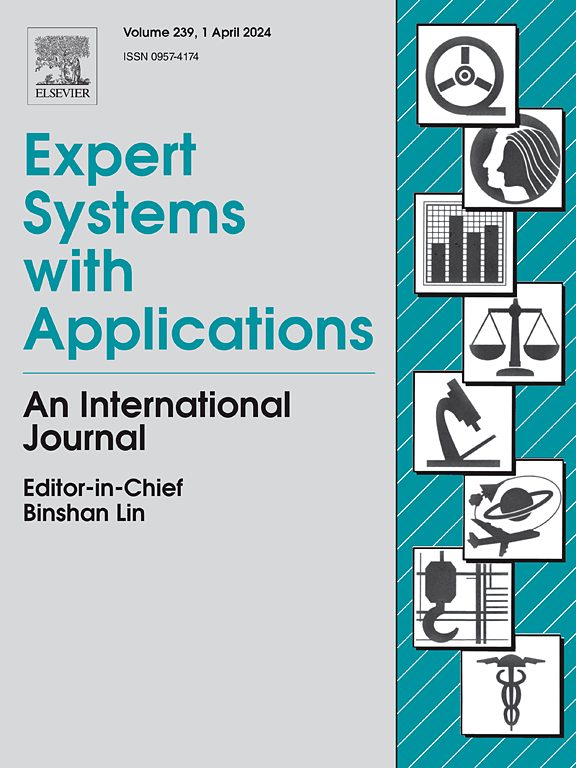一种基于fpga的实时辐射噪声抑制与检测方法,并与深度学习技术进行对比分析
IF 7.5
1区 计算机科学
Q1 COMPUTER SCIENCE, ARTIFICIAL INTELLIGENCE
引用次数: 0
摘要
核设施安全运行和辐射实时监测需求持续增加。基于有源像素传感器的核辐射成像技术以其低功耗、高集成度等优点受到广泛关注。然而,在高辐射环境中,APS设备容易受到高能粒子撞击的干扰,产生随机的高振幅噪声,严重降低视频质量,降低剂量率测量精度。为了解决这一问题,本文提出了一种结合时域最小值替代、空间中值滤波和二维小波分解的实时辐射噪声抑制和剂量检测方法,并在并行FPGA架构上实现。该方法充分利用fpga的多级流水线并行处理能力,有效抑制APS图像流中的辐射噪声,提取多尺度的残留剂量信息。在视频测试图和现实场景中使用60Co伽马射线源进行的实验表明,该方法在去噪后将峰值信噪比平均提高了约11 dB,显著优于高斯滤波和低通滤波,并取得了与深度学习方法(如DnCNN和Vision Transformer)相当的结果。此外,硬件实现不需要耗电的gpu,确保嵌入式应用程序的实时性能。进一步的小波分解和像素值拟合分析证实了剂量率估计具有良好的线性相关性,其中Daubechies小波对角分量的R2高达0.99624。总体而言,该方法为核环境下实时APS视频去噪和剂量检测提供了一种低功耗、高效率的工程解决方案,为构建基于fpga的智能核辐射监测专家系统提供了坚实的技术基础。本文章由计算机程序翻译,如有差异,请以英文原文为准。
A real-time FPGA-based radiation noise suppression and detection method with comparative analysis against deep learning techniques
The safe operation of nuclear facilities and the demand for real-time radiation monitoring have continued to increase. Active Pixel Sensor based nuclear radiation imaging technology has attracted significant attention due to its low power consumption and high integration capability. However, in high-radiation environments, APS devices are susceptible to interference from high-energy particle impacts, generating random high-amplitude noise that severely degrades video quality and reduces dose rate measurement accuracy. To address this issue, this paper proposes a real-time radiation noise suppression and dose detection method that combines time-domain minimum-value substitution with spatial median filtering with two-dimensional wavelet decomposition, implemented on a parallel FPGA architecture. The proposed method fully exploits the multi-stage pipelining and parallel processing capabilities of FPGAs to efficiently suppress radiation-induced noise in APS image streams and extract residual dose information at multiple scales. Experiments conducted using a 60Co gamma-ray source on both a video test chart and a real-world scenario demonstrate that the method improves the peak signal-to-noise ratio by an average of approximately 11 dB after denoising, significantly outperforming Gaussian and low-pass filtering, and achieving comparable results to deep learning approaches such as DnCNN and Vision Transformer. Moreover, the hardware implementation does not require power-hungry GPUs, ensuring real-time performance for embedded applications. Further wavelet decomposition and pixel value fitting analyses confirm excellent linear correlation for dose rate estimation, with the Daubechies wavelet diagonal component achieving an R2 as high as 0.99624. Overall, the proposed approach offers a low-power, high-efficiency engineering solution for real-time APS video denoising and dose detection in nuclear environments, providing a solid technical foundation for building FPGA-based intelligent nuclear radiation monitoring expert systems.
求助全文
通过发布文献求助,成功后即可免费获取论文全文。
去求助
来源期刊

Expert Systems with Applications
工程技术-工程:电子与电气
CiteScore
13.80
自引率
10.60%
发文量
2045
审稿时长
8.7 months
期刊介绍:
Expert Systems With Applications is an international journal dedicated to the exchange of information on expert and intelligent systems used globally in industry, government, and universities. The journal emphasizes original papers covering the design, development, testing, implementation, and management of these systems, offering practical guidelines. It spans various sectors such as finance, engineering, marketing, law, project management, information management, medicine, and more. The journal also welcomes papers on multi-agent systems, knowledge management, neural networks, knowledge discovery, data mining, and other related areas, excluding applications to military/defense systems.
 求助内容:
求助内容: 应助结果提醒方式:
应助结果提醒方式:


